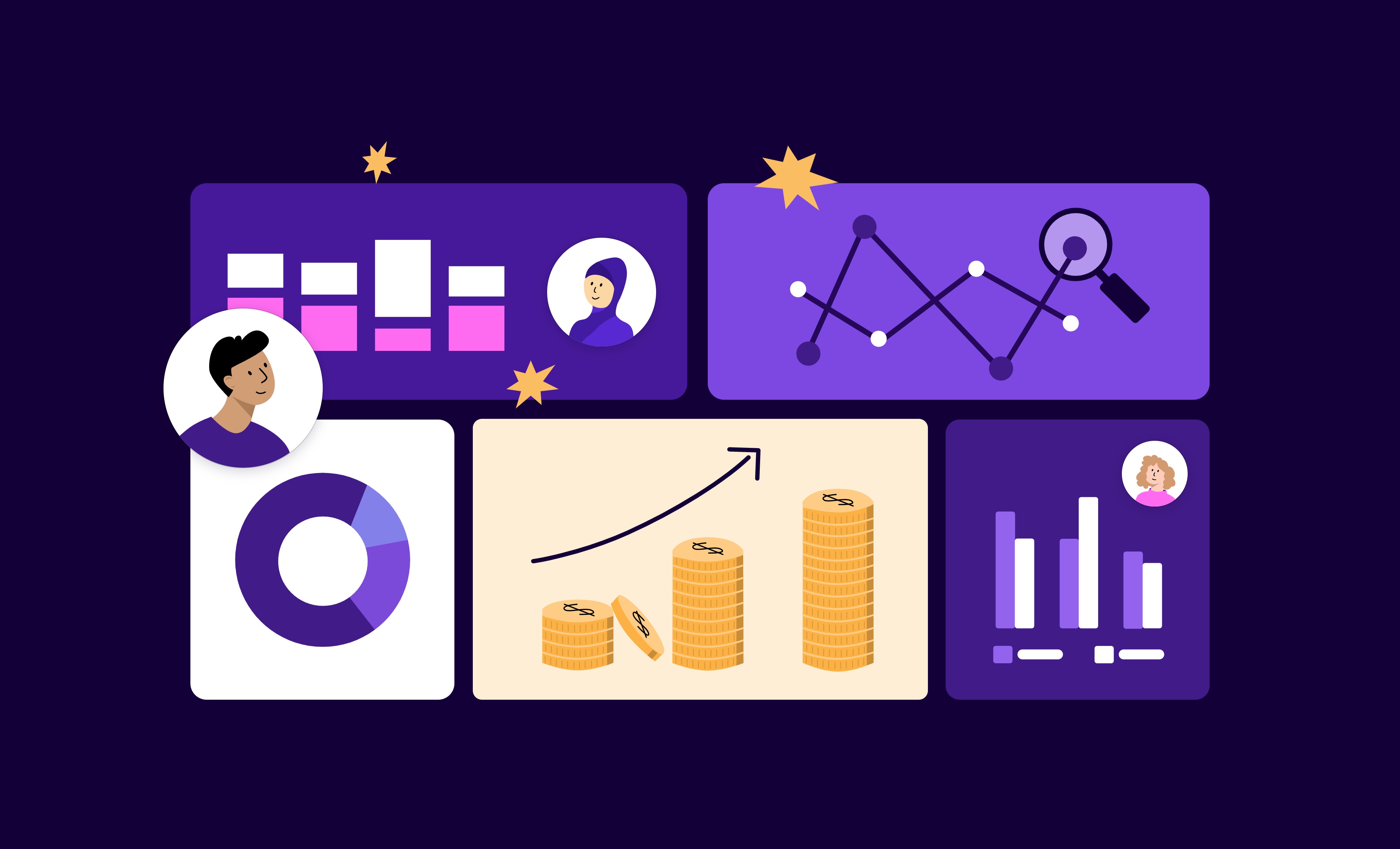
Many companies spend more than 5X on acquiring new customers than retaining current ones, despite industry best performers showing that returning customers generate significantly more revenue.
The registration event refers to the moment when customers register their newly purchased product, traditionally premium appliances, but today any product category. The after-sales period is when customers are most engaged, excited, and open to learning more about their new product. Many brands have historically ignored this touch-point due to a lack of channel availability.
However, data shows that the after-sales period is a prime opportunity for product experience activities such as onboarding and self-service. It is also during this time that the registration event unlocks customer data capturing throughout the product ownership cycle which provides a range of business opportunities.
Understanding customer data is essential for any brand looking to improve its bottom line and achieve long-term success. Customer data provides valuable insights into customer behavior, preferences, and demographics, which will inform brand strategy, marketing, and customer retention efforts. By leveraging this data, brands can make data-driven decisions that will lead to increased sales, customer engagement and satisfaction, and ultimately improve the bottom line.
Benefits of understanding customer data
1. Inform brand business strategy
One of the most significant benefits of understanding customer data is its ability to inform brand business strategy. By identifying customer segments, decision process, and purchase history, brands can create a more effective business strategy that targets the right people with the right message. This will lead to increased sales and customer engagement which in turn will improve the bottom line.
Moreover, customer data will help brands identify new opportunities, such as untapped markets or product gaps, which will inform new product development and lead to increased revenue.
2. Improve marketing efforts
Another crucial benefit of understanding customer data is its ability to improve marketing efforts. By targeting the right people with the right message, brands will increase customer engagement and purchase intent.
For example, if a brand knows that a particular customer segment is interested in eco-friendly products, they can create a targeted marketing campaign that focuses on the environmental benefits of their products. This will increase customer engagement, and ultimately lead to increased sales.
Additionally, customer data can inform the creation of personalized messages, which will improve customer satisfaction and loyalty.
3. Increase customer retention rate
While it might not be immediate new revenue, customer retention is another area where understanding customer data will provide lucrative activities. By identifying common issues and addressing them proactively, brands can reduce customer churn and increase lifetime value. If a brand knows that a particular customer is concerned about the durability of their products, they can offer a warranty or protection plan to address this concern. This will increase customer satisfaction and reduce the likelihood of that customer churning.
Furthermore, customer data can guide the creation of loyalty programs, which will increase customer engagement and retention. As a general rule of thumb, you should not be surprised when you see 80% of your total new revenue comes from 20% of your current customer base.
4. Create personalized experiences
Personalized experiences is another area where understanding customer data can provide business gains. By providing a more personalized experience for customers, brands can increase customer satisfaction and loyalty. When a brand recognizes that a particular cohort of customers prefers learning through digital experiences, they can send personalized product onboarding offers to that specific customer segment. This will increase customer engagement and ultimately lead to easier monetization.
How to collect customer data and trigger sales
Some brands consider the process of customer registration is often viewed as tedious, unappealing, and thereby not possible to make effective. However, this perception is largely due to a lack of customer-first solutions and creativity in how it is presented. Traditionally, most brands have been relying solely on difficult-to-use web pages that require above 15 data fields to be provided to aggregate customer data. This method has led to poor user experience, low registration completion rates, and data inaccuracies. Today, brands are experiencing not yet seen results using the winning method:
Provide customer-first frictionless experience
Use benefits as the incentive
Respond quickly to your newly establish customers relationship and educate
Use your data to make data-driven decision
Trigger the new point-of-sales
There are many reasons why understanding customer data is essential for any brand looking to improve its bottom line. By simply collecting and using customer data to inform business strategy, marketing, and customer retention, brands can increase customer engagement, satisfaction, and loyalty. Additionally, it allows brands to make data-driven decisions that can lead to cost savings and improve ROI.
It's essential for brands to take the time to understand how to collect customer data and plan the next steps accordingly. This requires brands to invest in data collection, data management, and also in the analysis of this data. It is also important to keep in mind data privacy laws and regulations while collecting and managing customer data. This way, brands can gain a deeper understanding of their customers and create a more personalized and effective customer experience that leads to increased sales and customer loyalty.
Learn how to collect valuable insights on your customers to sell even more.

How to Turn a New Obligation into a Growth with Layerise

A trusted, brand-safe AI assistant that knows your products, your customers and your content.



